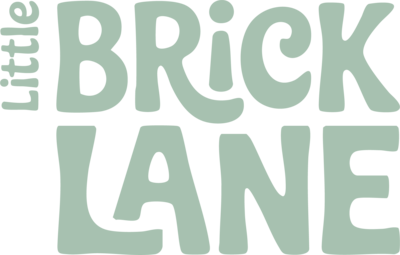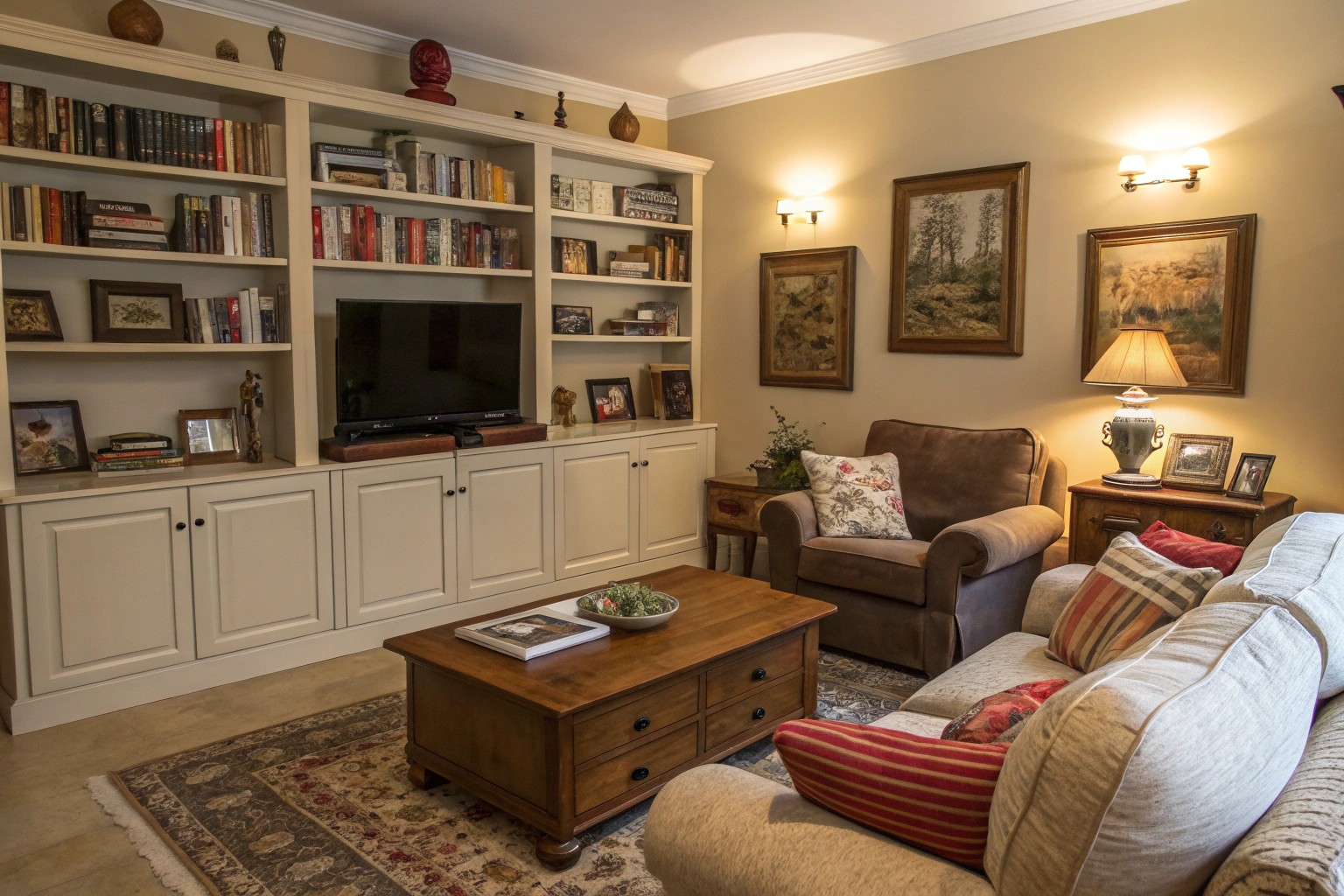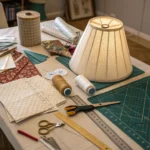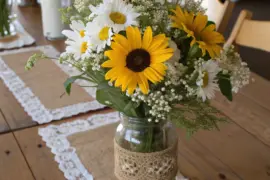Every home tells a story, and when one partner is a passionate collector, that narrative becomes wonderfully complex. Finding harmony between the need for order and the joy of collecting requires thoughtful design strategies that honor both perspectives.
Understanding the Collector’s Mind

Collections serve multiple psychological functions beyond mere accumulation. The act of collecting provides a sense of control in an unpredictable world, offers opportunities for mastery and expertise, and creates meaningful connections between objects and personal identity. These items often represent nostalgia, sentimentality, and significant life experiences that collectors find difficult to release.
Research indicates that collecting satisfies fundamental human needs including the quest for knowledge, pursuit of mastery, and expression of identity. Understanding these deeper motivations helps create spaces that respect the collector’s passion while maintaining household harmony.
Creating Zones for Harmony
The Foundation: Designated Collection Areas

Successful collection management begins with establishing clear boundaries within your living space. Professional interior designers recommend the zoning approach, which creates distinct functional areas within open-plan homes or individual rooms.
Primary Collection Zones:
- Display areas: High-visibility spaces for prized pieces
- Storage zones: Climate-controlled areas for preservation
- Work stations: Spaces for organizing, cataloging, and maintenance
- Overflow storage: Seasonal or rotating collection areas
Compromise Through Spatial Allocation
Many successful collector households adopt a territorial approach where each partner controls specific areas. This strategy reduces conflict by providing clear ownership boundaries:
| Area Type | Collector Control | Shared Control | Non-Collector Control |
|---|---|---|---|
| Private office/study | 100% | – | – |
| Garage/basement | 80-90% | 10-20% | – |
| Living areas | 30-40% | 40-50% | 10-20% |
| Bedroom | 20% | 60% | 20% |
| Kitchen/dining | 10% | 70% | 20% |
Practical Storage Solutions
Vertical Storage Systems
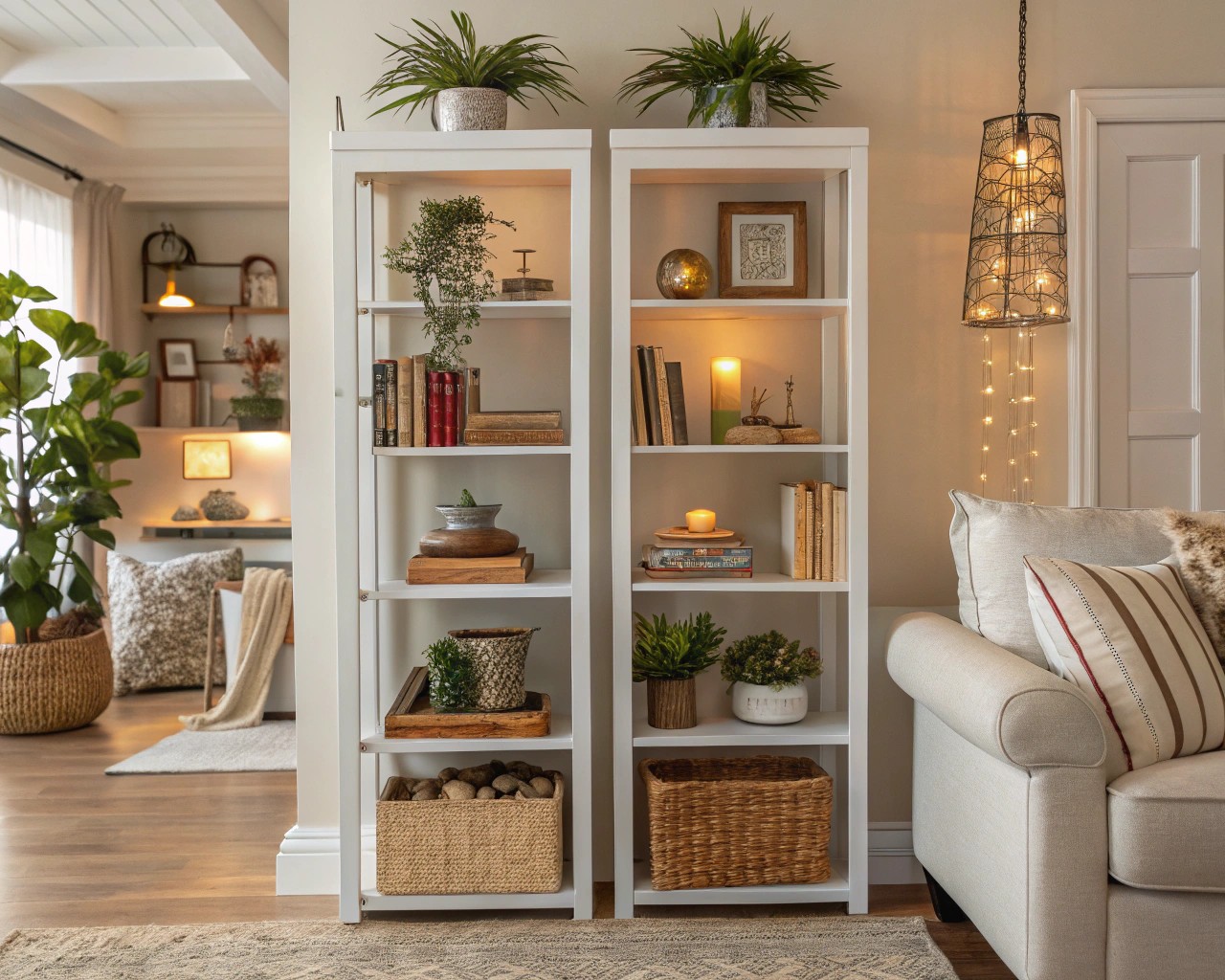
When floor space is limited, vertical storage becomes essential. Modular shelving systems offer flexibility and can grow with collections while maintaining visual appeal.
Recommended Vertical Solutions:
- Floor-to-ceiling adjustable shelving units
- Wall-mounted floating shelves for display
- Over-door organizers for smaller items
- Ceiling-mounted storage for seasonal collections
Specialized Storage for Different Collection Types
Different collections require specific storage considerations to maintain their value and accessibility:
Paper-based Collections (Books, Comics, Documents):
- Acid-free storage boxes for long-term preservation
- Climate-controlled environments (65-70°F, 45-55% humidity)
- Vertical filing systems for easy access
- UV-protective storage for valuable items
Three-dimensional Objects (Figurines, Pottery, Tools):
- Adjustable shelving with adequate spacing
- Protective padding or foam inserts
- Clear storage containers for visibility
- Earthquake-safe securing methods in seismic areas
Textile Collections (Vintage clothing, quilts):
- Cedar-lined storage chests
- Acid-free tissue paper for folding
- Hanging storage for structured garments
- Dehumidification systems in humid climates
Multi-functional Furniture Solutions
Incorporating storage into furniture maximizes space efficiency while maintaining aesthetic appeal. Consider these dual-purpose options:
- Ottoman storage benches for seating and collection storage
- Coffee tables with built-in display compartments
- Bed frames with integrated drawer systems
- Dining tables with expandable storage pedestals
Organization Strategies That Work
The Categorization Method
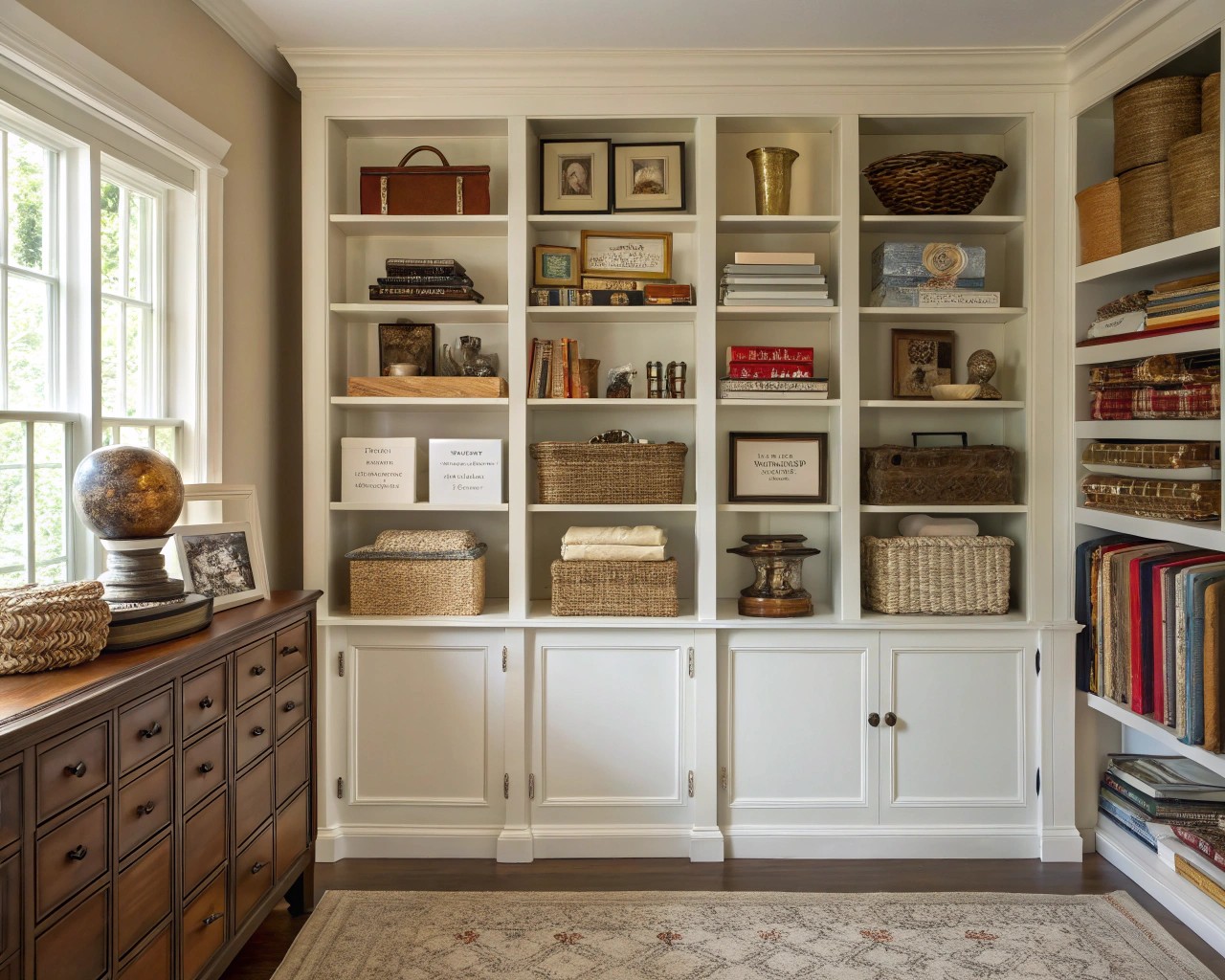
Professional organizers recommend a systematic approach to collection management:
- Gather: Collect all items of the same type in one location
- Sort: Group by category, condition, or frequency of use
- Evaluate: Assess each item’s importance and condition
- Assign: Designate specific storage locations
- Label: Create clear identification systems
- Maintain: Establish regular review and organization schedules
Rotation Systems
For extensive collections, rotation displays prevent visual overwhelm while keeping all items accessible. Implement seasonal or themed rotations:
- Quarterly displays: Change featured pieces every three months
- Holiday themes: Rotate items based on seasonal celebrations
- Color coordination: Group items by complementary color schemes
- Historical periods: Display chronologically related pieces together
Digital Cataloging
Modern collection management benefits from digital organization tools. Create comprehensive databases including:
- Item descriptions: Detailed specifications and conditions
- Acquisition information: Purchase dates, prices, and sources
- Location tracking: Current storage or display positions
- Maintenance records: Cleaning, repairs, and conservation notes
- Insurance documentation: Photographs and appraisals for valuable items
Design Integration Techniques
The Collected Look Philosophy
Interior designers increasingly embrace the “collected look” that blends different styles, eras, and finishes to create personalized, evolving spaces. This approach works particularly well for collector households because it celebrates variety rather than uniformity.
Key Principles:
- Mix natural and painted finishes
- Combine different furniture styles and periods
- Vary textures and materials throughout the space
- Group like items together for visual impact
- Avoid overly matched “sets” of furniture or accessories
Display Best Practices
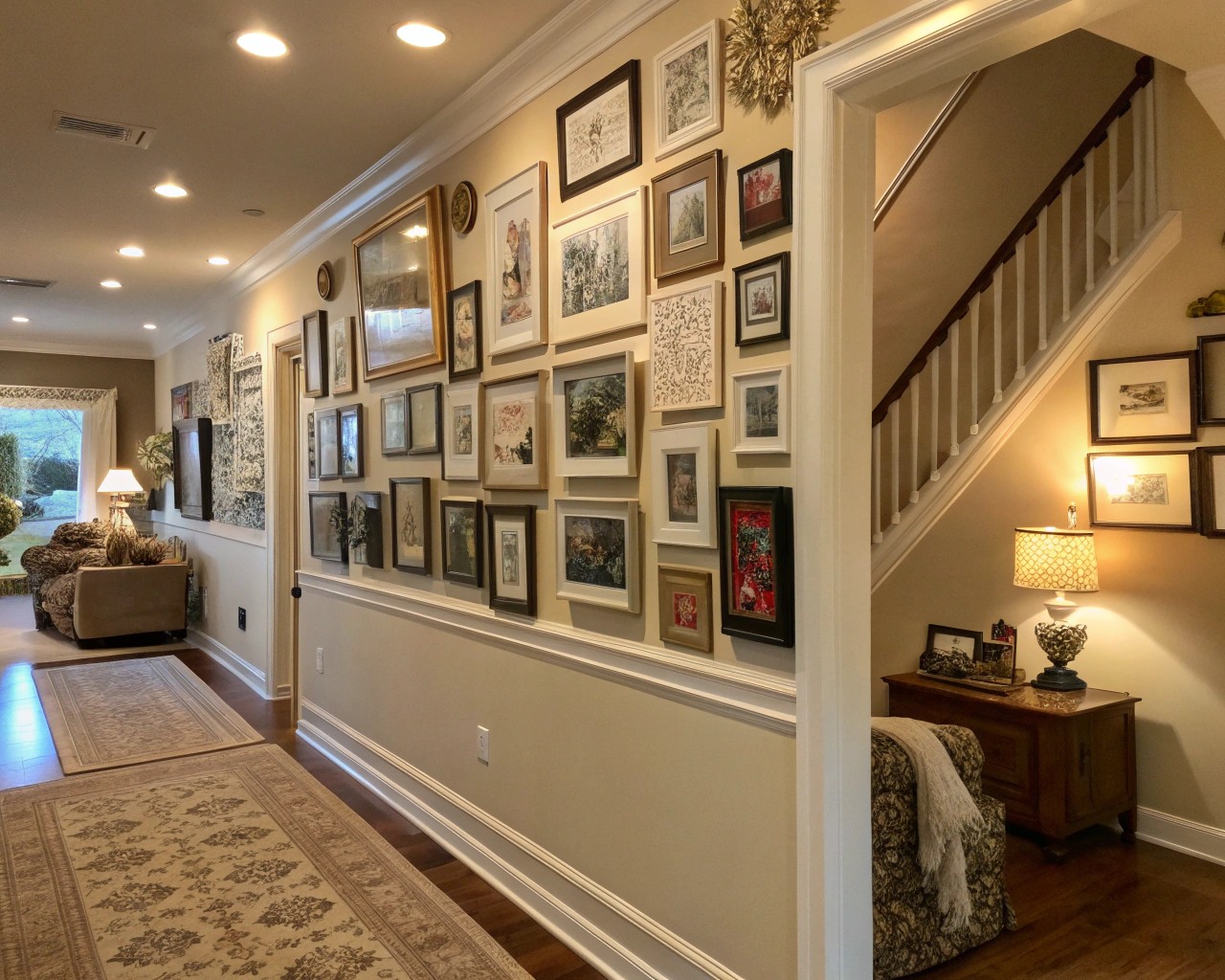
Professional curator John Phifer Marrs, who has designed collector homes for over three decades, emphasizes that successful collection display requires editing and intentional arrangement:
The Rule of Three: Group collections in odd numbers, with three being the minimum for visual impact.
Salon-Style Hanging: For wall-mounted collections, create dense, floor-to-ceiling arrangements that showcase multiple pieces while maintaining cohesion.
Proper Framing: Choose frames that enhance individual pieces rather than matching room decor, ensuring each item receives appropriate presentation.
Small Space Solutions
Maximizing Limited Square Footage

Urban collectors often face significant space constraints requiring creative solutions:
Vertical Expansion:
- Install floor-to-ceiling shelving systems
- Use wall-mounted display cases
- Employ over-door storage organizers
- Consider ceiling-mounted hanging systems
Multi-level Storage:
- Stackable, clear containers for visibility
- Drawer organizers with adjustable compartments
- Under-stair storage solutions
- Bed risers for under-bed storage expansion
Space-sharing Strategies:
- Convertible furniture that serves multiple functions
- Hidden storage within existing furniture
- Magnetic strips for metal collectibles
- Pegboard systems for tool or craft collections
Apartment-Specific Considerations
Rental properties present unique challenges for collectors, requiring solutions that don’t damage walls or violate lease agreements:
- Tension-rod shelving systems
- Furniture-mounted display cases
- Free-standing modular storage units
- Removable adhesive mounting systems
- Portable storage containers that can move between homes
Building Relationship Harmony
Communication Strategies
Successful collector relationships require ongoing dialogue about space, boundaries, and shared goals. Regular family meetings can address emerging issues before they become conflicts:
Monthly Space Reviews:
- Assess current storage efficiency
- Discuss upcoming acquisitions
- Plan seasonal rotations or reorganizations
- Address any space-related concerns
Annual Collection Audits:
- Evaluate items for continued relevance
- Consider deaccession opportunities
- Plan for collection growth or downsizing
- Review storage and display effectiveness
Compromise Techniques
Professional relationship counselors suggest several approaches for maintaining harmony in collector households:
The 70-30 Rule: Compromise on 70% of decisions while allowing each partner to have final say on 30% of choices that matter most to them.
Graduated Implementation: When introducing new organizational systems, start with shared spaces both partners agree need improvement.
Positive Reinforcement: Acknowledge and appreciate efforts toward organization and compromise.
Setting Healthy Boundaries
Clear boundaries prevent collection growth from overwhelming living spaces:
Collection Limits:
- Establish maximum quantities for specific categories
- Define physical boundaries for collection expansion
- Set budgetary limits for new acquisitions
- Create “one-in, one-out” policies for space-constrained collections
Time Boundaries:
- Schedule specific times for collection activities
- Limit daily time spent on organizing or researching
- Establish “collection-free” family times
- Plan regular breaks from acquisition activities
Maintenance and Long-term Success
Regular Assessment Protocols
Sustainable collection management requires periodic evaluation and adjustment:
Quarterly Reviews:
- Assess storage system effectiveness
- Identify items requiring conservation attention
- Evaluate display arrangements for visual appeal
- Plan seasonal rotations or reorganizations
Annual Deep Cleaning:
- Thoroughly clean all storage areas
- Inspect items for damage or deterioration
- Update digital catalogs and insurance records
- Consider professional conservation for valuable pieces
Preventing Collection Overwhelm
Maintaining the distinction between collecting and hoarding requires ongoing vigilance and self-awareness. Professional organizers identify key warning signs:
Red Flags:
- Difficulty accessing or using living spaces
- Inability to locate specific items within collections
- Significant stress related to collection management
- Relationship conflicts centered on collection growth
- Safety hazards created by storage methods
Planning for Life Changes
Collections must adapt to changing life circumstances, from downsizing to family additions. Successful collectors plan for these transitions:
Downsizing Strategies:
- Identify core collection pieces for retention
- Research donation options for educational institutions
- Consider museum or library contributions
- Plan staged deaccession over time rather than rushed disposal
Family Growth Considerations:
- Child-safe display and storage methods
- Educational opportunities within collections
- Flexible storage systems that accommodate changing needs
- Clear boundaries between adult collections and family spaces
Creating Your Action Plan
Phase 1: Assessment and Planning (Weeks 1-4)
Week 1-2: Inventory and Evaluation
– Catalog all collection items by category
– Assess current storage and display effectiveness
– Measure available spaces and identify expansion opportunities
– Photograph current arrangements for reference
Week 3-4: Design and Budgeting
– Research storage solutions and costs
– Create detailed floor plans for optimal arrangements
– Set realistic budgets for organizational improvements
– Schedule implementation phases to minimize disruption
Phase 2: Infrastructure Development (Weeks 5-12)
Infrastructure Installation:
- Install primary storage systems
- Set up cataloging and documentation systems
- Create designated work areas for collection maintenance
- Establish climate control and security measures
Organization Implementation:
- Sort and categorize all collection items
- Assign specific storage locations
- Create labeling and identification systems
- Establish maintenance schedules and protocols
Phase 3: Integration and Refinement (Weeks 13-16)
System Testing:
- Evaluate accessibility and functionality of new arrangements
- Adjust storage solutions based on daily use patterns
- Refine cataloging and tracking systems
- Address any organizational challenges that emerge
Relationship Integration:
- Establish ongoing communication protocols
- Create shared maintenance responsibilities
- Plan regular system reviews and updates
- Celebrate successful implementation and improved harmony
Living with a collector requires patience, creativity, and intentional design choices that honor both the passion for collecting and the need for peaceful, functional living spaces. Through thoughtful planning, clear communication, and flexible organizational systems, any household can achieve the delicate balance between cherished collections and comfortable daily life. The key lies in viewing collections not as obstacles to overcome, but as opportunities to create uniquely personal, meaningful environments that reflect the full richness of your shared story.
